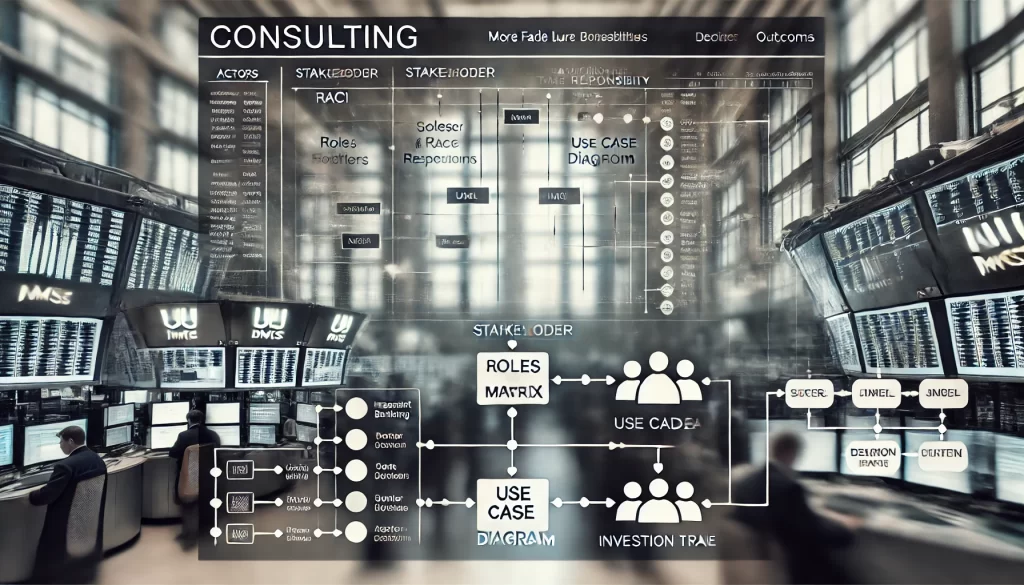How a prominent investment bank reduced costs, improved trading efficiencies and met regulatory requirements by moving to the cloud

Client Overview: A prominent Investment Bank with a large trading floor, faced significant challenges managing its market risk data and systems. The bank’s trading activities had grown rapidly, the demands of the market risk function had also grown due to increased product range, trading volumes and regulations. In over 15 years neither processes or systems had been streamlined or upgraded. The bank was spending heavily on maintaining data centers that were creaking at the seams and not fit for modern demands. This case study explores how streamlining and migrating to the cloud helped the bank reduce costs, enhance efficiency, and achieve regulatory compliance.
Understanding the Problem: At our first meeting the brief was stated as:
“We need to move the whole of risk to the cloud so that we can close the data centres and save a shed load of money”
What is the whole of risk? What does it look like? No one could answer, our first task was to answer these questions and build a picture of the current ‘As Is’ state.
Strategic Approach: We set to work identifying all the different teams and systems involved in the creation of risk metrics.We created a current state flow for market risk and evolved this through workshops and meetings

What Does
the Whole
of Risk
Look Like?
This comprehensive approach resulted in a detailed understanding of the risk calculations, the data and the systems, with this we created a swim lane process map for the ‘As Is’ state. Now we knew what ‘the whole of risk’ looked like.
Our analysis of the risk flow showed us that the bank had 24 different risk systems operating in silos, each with its own data requirements, often producing metrics that were no longer used. This led to a sprawling, costly, and inefficient data landscape.

Trading Regulations: FRTB; Basel 3; SFTR; PRA
Whilst we were building a picture of the whole of risk, some new regulatory requirements came along, namely, FRTB (Fundamental Review of the Trading Book; Basel III new Value Adjustments (xVA’s) ; SFTR (Securities Financing Transactions Regulation) and changes to PRA. After workshops with legal, quant and risk teams we knew that we needed to source data and calculate brand risk metrics such as ES (Expected Shortfall) not calculated by current systems. We worked closely with the technical architect to map a brand new ‘To Be’ flow that would be built straight into the cloud.
Implementation Steps

Stakeholder Engagement and RACI; Requirements Gathering and Documentation; Process Mapping and Use Case Development
- Stakeholder Engagement and RACI Matrix Development:
- Developed a comprehensive RACI (Responsible, Accountable, Consulted, Informed) matrix to clarify roles and responsibilities.
- Identified 24 risk systems within scope
- Requirements Gathering and Documentation:
- Conducted meetings and workshops to gather and document requirements.
- Mapped over 300 functional use cases across the 24 systems.
- Process Mapping and Use Case Development:
- Created a detailed ‘As Is’ process map and developed ‘To Be’ functional use cases.
- Produced user stories and use cases for regulatory compliance under Basel 3, FRTB and SFTR.
- Conducted a gap analysis to ensure all requirements for risk metrics were met.

Results and Outcomes:
- Cost Savings: Reduced data center costs
- Enhanced Efficiency: Streamlined 24 risk systems into a unified cloud platform.
- Regulatory Compliance: Improved accuracy and complied with regulatory standards.
- Improved Data Management: Enhanced data accessibility and decision-making capabilities.
